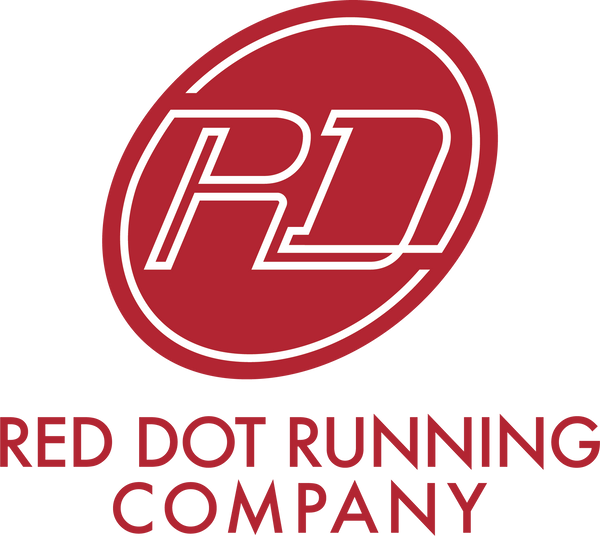I have owned several pairs of "serious" hiking boots in my life, but I have used them only a couple of times. I have never climbed Mount Everest, never climbed a mountain using ropes, and when traveling, I have always balked at trying to find space in my bag for an Alps-ready pair of clodhoppers. What do I wear, then, in the mountains, when I'm hiking?
Running shoes. And probably you should also.
Here's why:
- Do you really need all that ankle support? You probably don't; your chances are much greater of developing blisters on day 1 of your trek from the boots you wear once every three years than of twisting an ankle and being forced to call for a helivac.
- Trail running shoes are much lighter than "serious" hiking boots, and as a result your legs won't get tired as quickly.
- They're also much more flexible than hiking boots, allowing your feet to feel much more connected to the trail, or rocks or scree, especially on all-day and multi-day treks.
- They dry out much faster after rainstorms or river crossings (they're not quite as good in snow, I'll admit!).
- Best of all, high-traction Vibram soles, which got their start as an invaluable feature of "serious" hiking boots, are now found on many trail running shoes.
Trail running shoes come in many styles. Some, like the HOKA Speedgoat 5 have loads of cushioning. Some, like the Xero Shoes Mesa Trail 2, fall almost into the "barefoot" category. Some, like the Altra Lone Peak 7, are "zero drop", which places your heel and forefoot the same distance from the ground to encourage low-impact running form. And some, like the Topo Athletic MT-4 and Topo Athletic MTN Racer, have a toebox that is especially friendly to runners with wide feet (you know who you are!).
There are lots of options, and as with every pair of shoes, you should try on a bunch of different styles to find the one(s) that fit you best.
Pro tips for trying on shoes:
- Try on shoes toward the end of the day, when your feet may be slightly larger (especially if you've been sitting at a desk for most of the day).
- If you wear orthotics, bring them to the shop and put them into the shoes you're trying on.
- Several years ago, a Nike study found that 60% of people are wearing the wrong-sized shoe (mostly too small). Don't let that be you! Be sure there's a thumbnail's worth of space in front of your longest toe inside the shoe, and be sure your shoes are wide enough. If you have wide feet, look at brands that are well-known for offering a wide toebox, e.g. Altra, Topo Athletic, Xero Shoes, and the "wide" versions of some HOKA shoes.
- Red Dot Running Company recently acquired a 3D foot scanner that records a 3-dimensional image of your feet within seconds, and allows us – and you – to see not only length and width, but also volume (How tall are your arches? How wide are your heels? What's going on with that bunion?), to better recommend to you the shoe type (some brands are better suited to certain foot shapes) and size that will fit you best.
If you’re a trail runner, you already know how great trail running shoes are. If you’re a road runner (or walker or hiker), get a pair of trail running shoes and try them out at MacRitchie Reservoir or in the Bukit Timah Nature Reserve. Spoiler alert: trail running shoes are just like road running shoes, but grippier.
Then the next time you head off to the mountains, leave those bulky, stiff hiking boots at home! Set yourself free (and pack more snacks in the extra space in your suitcase)!
– Roberto


1 comment
I also say!